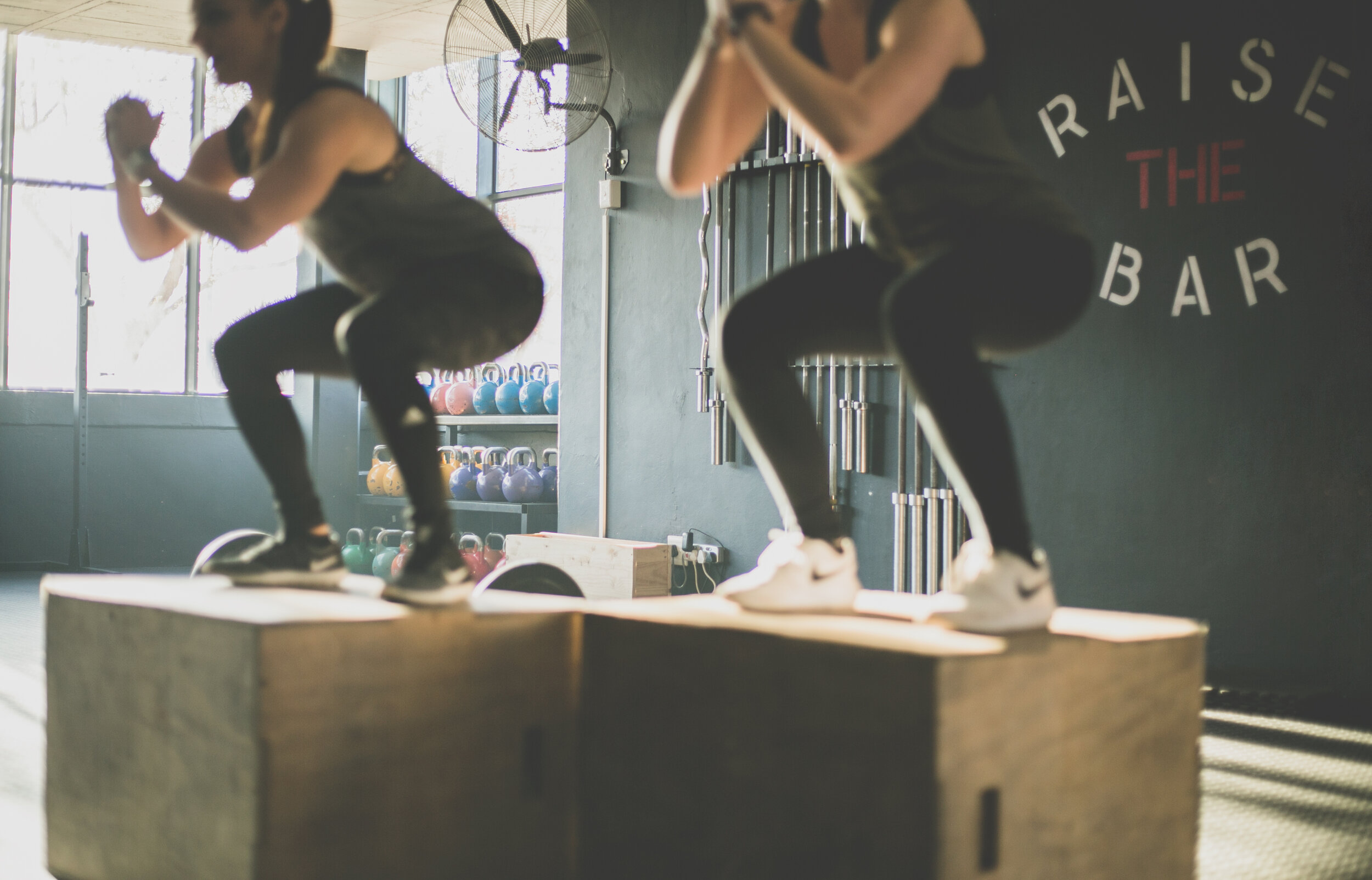Functional Fitness
Adapting to changes and uncertainty is the running theme that embodies 2020. Our entire lifestyles have been flipped upside down with the outbreak of the pandemic and social unrest. One of the key, grounding factors of my, and many others’, days was the ability to get in some form of exercise to stay healthy and get away from a bunch of the world for just a small block of time.
With no signs of the health pandemic subsiding, I’m taking the cautious approach of staying away from gyms, if they properly reopen ever again, in order to protect myself and my family from getting infected. As a result, I’ve had to change up my fitness routine and have also adapted my approach during these times to adopt more bodyweight exercises with the idea of functional fitness in mind. Functional fitness has allowed me to work on weak points of my body that have an everyday impact in my life outside of a purely fitness-based setting.
What is Functional Fitness?
Functional fitness is an approach to exercising that trains your body and muscles in order to better prepare for common, everyday tasks you might do at home or outside. Unlike the more common fitness programs that primarily focus on building muscle or getting leaner, functional fitness aims to improve your everyday well-being without one of the aforementioned goals in mind necessarily.
We all have enough problems in our lives, so we don’t need to unnecessarily tack on more with training injuries or programs that leave us more prone to injury. Functional fitness allows you to perform exercises that mimic everyday, common tasks and situations in order to strengthen your body to perform well at those very tasks and situations.
Benefits of Functional Fitness
Functional fitness training has the added benefit of utilizing multiple muscles and joints at the same time. By switching from say just using your quads in a static, muscle building exercise to using your hips, quads, hamstrings, knees, ankles, and core in a dynamic squat exercise, you transition your training regimen to make everyday activities, such as sitting down and getting up in this example, easier.
Think about how many times you’ve felt a sudden body ache and pain performing a simple, mundane activity. Functional training will allow you to improve balance, agility, and strength to improve your overall body health in the long term. As mentioned before, we often neglect these niggling injuries that have the potential to become chronic. Functional training will allow you to proactively mitigate any chronic issues in leading your day to day life.
Examples of Functional Exercises
A variety of exercises and movements from martial arts, yoga, flexibility, and resistance training combined together can build the core foundation for an excellent functional training program. You need not look any further than your daily list of common tasks to think of some common exercises that are perfect functional exercises:
Farmer’s Walk
How to: Pick up a heavy weight in both hands and stabilize your shoulders. Keeping your head up, chest elevated, and core tight, walk forward and back in a line for time and/or distance.
Purpose: Strengthens your grip strength by focusing on your wrists, forearms, shoulders, and back.
Real-Life Application: Need I say any more than all those grocery bags?
Pull Up
How to: Hang freely on a pull up bar with an overhand grip and arms fully extended. You can bend and cross your legs behind you as well. Draw your shoulder blades towards each other and pull yourself up by driving your elbows down. Lower yourself back down slowly and repeat.
Purpose: Strengthens your upper body arm, shoulder, and back muscles.
Real-Life Application: Any activity involving climbing or dragging.
Deadlift
How to: Bend over and grab a weight or band that is rooted to the ground with an overhand or mixed grip depending on preference. Straighten your back, look straight ahead, and push your hips back as you lift the object up from the ground. Reach the top of the motion with your arms fully extended and slowly return the object down to the floor.
Purpose: Strengthens your pulling force abilities in your lower back, glutes, and hamstring muscles.
Real-Life Application: Got a large heavy box delivered that you need to pick up?
Sled Push/Pull
How to: If you have a sled or something that you can push, load up some weight onto it. Grab onto the poles on traditional sleds or an object that can be used to hold a grip. Bend over and drive your legs forward with hips low and bent as you move to an endpoint. Once you’ve reached the endpoint, reverse the action by pulling the weighted sled back by grabbing hold of a rope attached to the sled. Keep your feet shoulder width apart as you pull the sled back to the start position.
Purpose: Strengthens your pushing and pulling driving abilities and elevates the heart quickly.
Real-Life Application: Running quick, short distances with powerful bursts.
Squat
How to: With or without a weight on your backside or in front of you in your hands, stand with your feet shoulder with apart. Lower your body down to the floor by bending your knees and keeping your body aligned straight by pushing your glutes back as if your were sitting down in a chair. Lower down until your legs are as close to parallel to the floor and rise back up slowly. Purpose: Strengthens your lower body muscles in the quads, hamstrings, and glutes and improves hip flexibility.
Real-Life Application: We all have to get up and sit down at least once a day now.
There are a host of other functional exercises that you can try by thinking of common everyday tasks that you can transform into an exercise.
Functional training is definitely something anyone and everyone can embark on no matter your fitness journey. Many of us do not live to exercise and stay healthy 24/7 like athletes and health fanatics. However, we can all take advantage of the numerous benefits of functional fitness training as mentioned earlier. We can all learn to exercise to live a better quality of life; that’s a worthy return on exercise investment all of us can take on.
“The key to functional training is to develop usable strength.” - Mike Boyle


